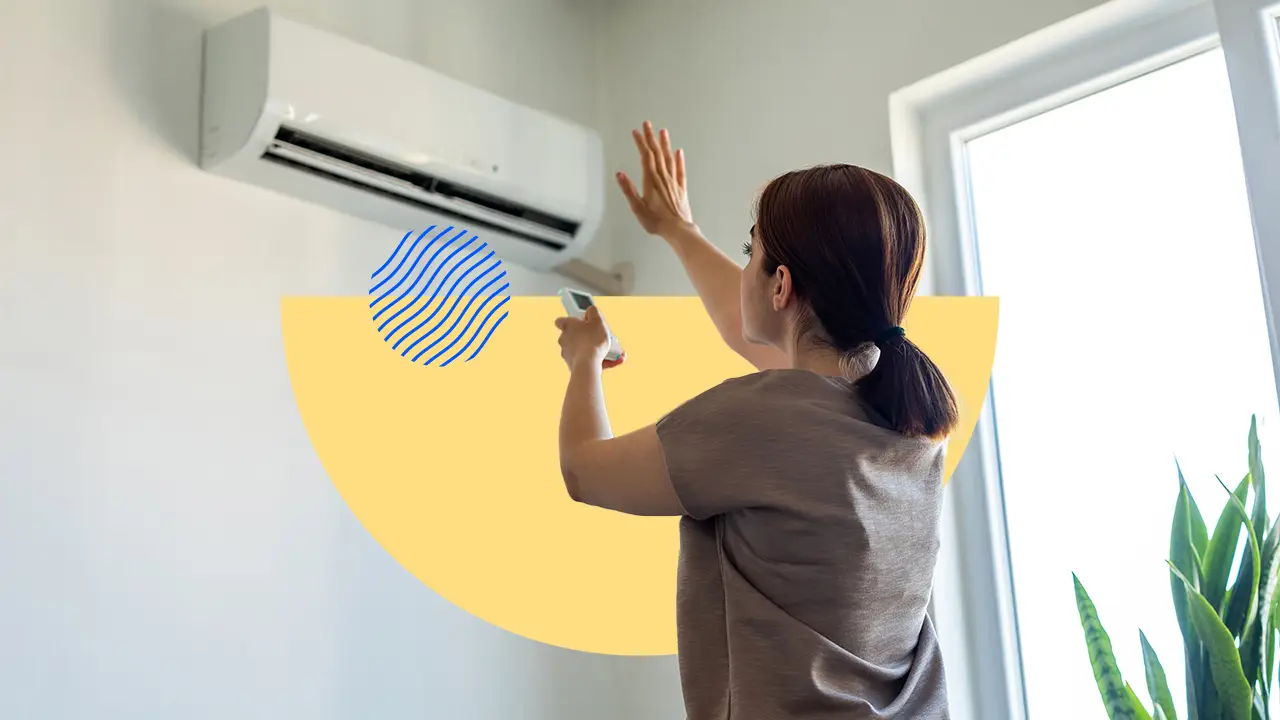The use of Aluminum as metal roof cladding offers tremendous benefits to residents and businesses looking for permanent solutions to roofing problems. This lightweight and versatile material complements many exteriors, including walls, sidings, and roofs. Aluminium cladding on the roof looks sleek and vibrant and promises practical benefits that are still tough to find in any of its alternatives.
This is why choosing Aluminium for roof cladding is becoming a current favourite material for protecting them. However, just like any other material, installing aluminium cladding requires additional care and attention to achieve all of its benefits.
This guide will walk you through everything you need to consider before making an installation, from understanding the basic properties of Aluminium to selecting the right type of cladding. Let’s begin.
Understanding Aluminium Cladding
The properties of Aluminium make it an outstanding choice for metal roof cladding. It is extremely feather weight which means it doesn’t put additional weight on roofs. Besides being easy to install, Aluminium is a strong and rust-free solution for many roofing structures that eventually face problems after certain use. This is because it naturally generates a protective layer that prevents it from breaking down, catching rust, swelling, and other frequent weather attacks.
Types of Aluminium Cladding
Before choosing Aluminium cladding on roofs, it is essential to differentiate the types of cladding based on your style preferences.
● Panels:
These are large but flat sheets of Aluminium, popular in commercial architectural design. If you want to transform boring roof designs into modern, sleek, and colourful styles, you should use aluminium panels.
● Shingles:
Aluminium shingles are an excellent choice for residential properties. Shingles are one type of aluminium cladding for installation which looks traditional but is much lighter and more durable.
● Tiles:
Similar to shingles, aluminium tiles offer a more dimension and texture to the roofing area. These tiles look exactly the same as clay or slate tiles, providing the benefits of Aluminium being the only difference.
Each type of cladding serves different aesthetic and practical purposes. Panels are best for achieving a modern and sleek facade. At the same time, shingles and tiles can help achieve a more classic look without sacrificing durability.
When choosing the type of aluminium cladding, consider not only the style of your building but also the local climate and the specific roofing requirements.
Key Considerations Before Installation
Here’s what you need to know before choosing aluminium cladding for installation over roofs.
● Local Climate:
If you live in an area with heavy rainfall, it is important to verify the ability of Aluminium to prevent salt content and moisture in the air. In contrast, if you live in an area with sunny weather, it is important to ask your supplier to offer you a reflective aluminium surface that can absorb heat and protect the outside heat from affecting indoor temperatures.
● Building Codes and Regulations:
Before installing aluminium cladding on your roof, it is important to learn about local building codes and regulations. Your supplier must comply with the rules and regulations stating the materials safe for cladding and the right way of installation. Some states also require fire-safety installation when choosing Aluminium.
If you skip this verification, you could end up paying high penalties and facing legal issues, especially if the property is commercial.
● Compatibility with Existing Designs and Colours:
Ask your supplier to show some preview clips before installing aluminium cladding. This will help you understand how your chosen cladding designs or colours will blend or enhance the roof aesthetics.
● Choosing the Right Supplier:
Selecting high-quality Aluminium is crucial to avoid issues such as fading, corrosion, or discoloration over time. High-grade Aluminium often comes with protective coatings or treatments that extend its lifespan and maintain its appearance under various climatic conditions.
The performance of aluminium cladding also depends heavily on the quality of the installation. It is vital to choose a reputable and experienced installer. Look for contractors who can handle aluminium cladding installation over different angles and sizes of roofs, check their references, and review their previous projects. Proper installation always comes with a material and craftsmanship guarantee.
● Ask for Financial Incentives:
Energy-efficient aluminium cladding for roof installation is available from suppliers with tax and other rebate benefits. It is advisable to inquire about these financial options to support sustainable building practices.
● Create a Maintenance Checklist:
Even though the supplier claims to offer the best installation service, it is important to look at it from different angles. Beyond cleaning, enquire about other maintenance needs for aluminium cladding. This can include identifying the signs of trouble and when to seek professional help. Also, seek advice regarding any additional coatings requirement after a few years of installation to be in the right spot.
Final Words
We have explored metal roof cladding, the popularity of aluminium cladding, its types, and key considerations to remember before choosing it on roofs. Knowing the positive aspects of installing an aluminium cladding is essential. However, the limitations of Aluminium should also be addressed to make the installation cost-effective and stress-free.
When you are searching for a reliable supplier, choose Claddco for the best customisation service that aligns with your roofing needs and specifications. Not to forget, their services also match the roofing style you once manifested.



